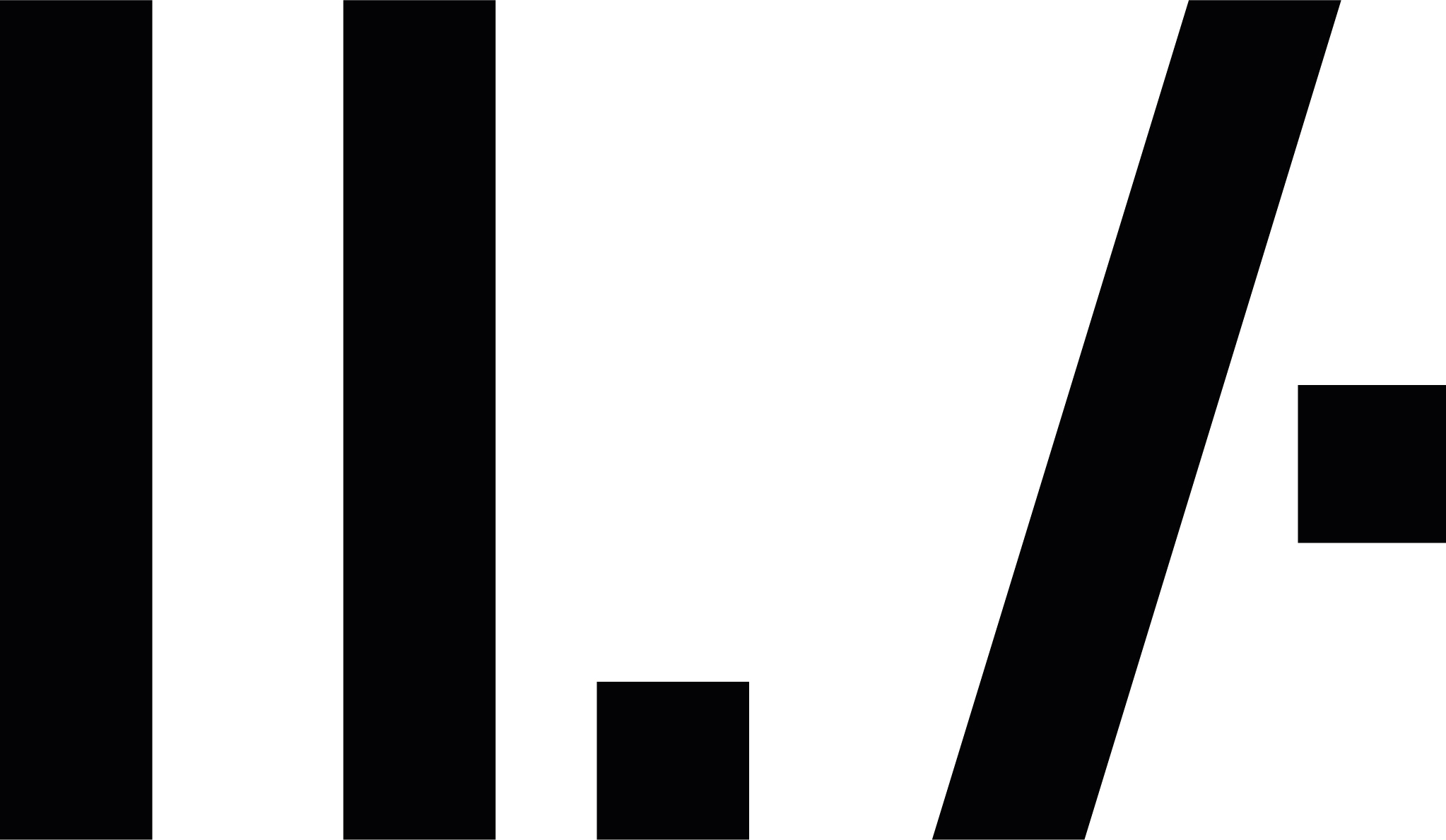Sommer 2015
Studienprojekt
Rodrigo Carraciolo, Johanna Joecker, Katharina Müller
The lost River of Tamanduateì: Self-made Henry Ford
With 21 million residents the São Paulo metropolitan region belongs to the 10 largest urban agglomerations on the planet. Its urban silhouette is famous for its sea of high rises stretching to the horizon. Its underlying landscape seems to be fully obliterated, transformed beyond recognition. It is hard to grasp that 200 years ago a quaint town of 20,000 sat on a small hill amidst a vast forested plateau crisscrossed by numerous rivers. The forest is now gone, but the rivers are still there. They just look very different. Like in so many rapidly growing cities on the planet, their courses have been altered, their beds been paved, their waters been polluted. And, not unlike many other cities, which entered a phase of moderate growth and consolidation, São Paulo tries to recover its rivers. This is not easy, and our studio project aims to enter the full complexity of the task in one very particular situation.
The Tamanduatei River (the Tupi word, stands for “river of the ant eater”) is with 35km one of the smaller rivers of the plateau, but it served important transportation and recreational purposes up to the late 19th century. Today it is a narrow channel wedged between two highway lanes and dwarfed by a concrete flyover. Its riparian watershed has been completely built over by industry, commerce and low-income housing. In a 30 year process the city plans to restructure an urban area currently comprising of 200,000 residents to be more livable. There is a chance to remake the fabric of the Tamanduatei watershed close to Sao Paulo’s historical center. But how?
The studio will engage the problem in a first phase by studying several scales and issues at once: the water management of the greater Sao Paulo region, the Tamanduatei river and its watershed, the urban area targeted for restructuring. Inside the urban area students can choose in a later phase to focus on one of around seven sites to test a more detailed design strategy. The goal is to develop a more hydrophilic urbanism in a wide interpretation of the word: ecologically, socially, culturally engaged waterscapes.
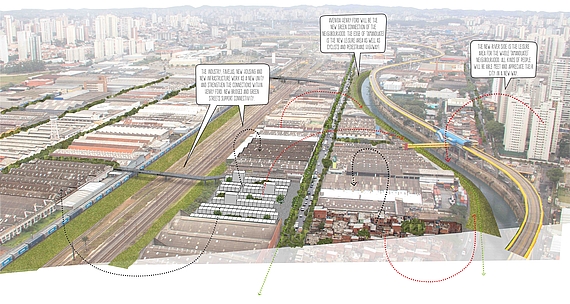
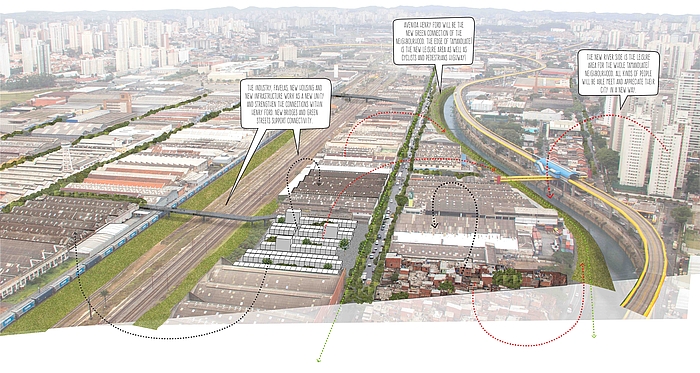
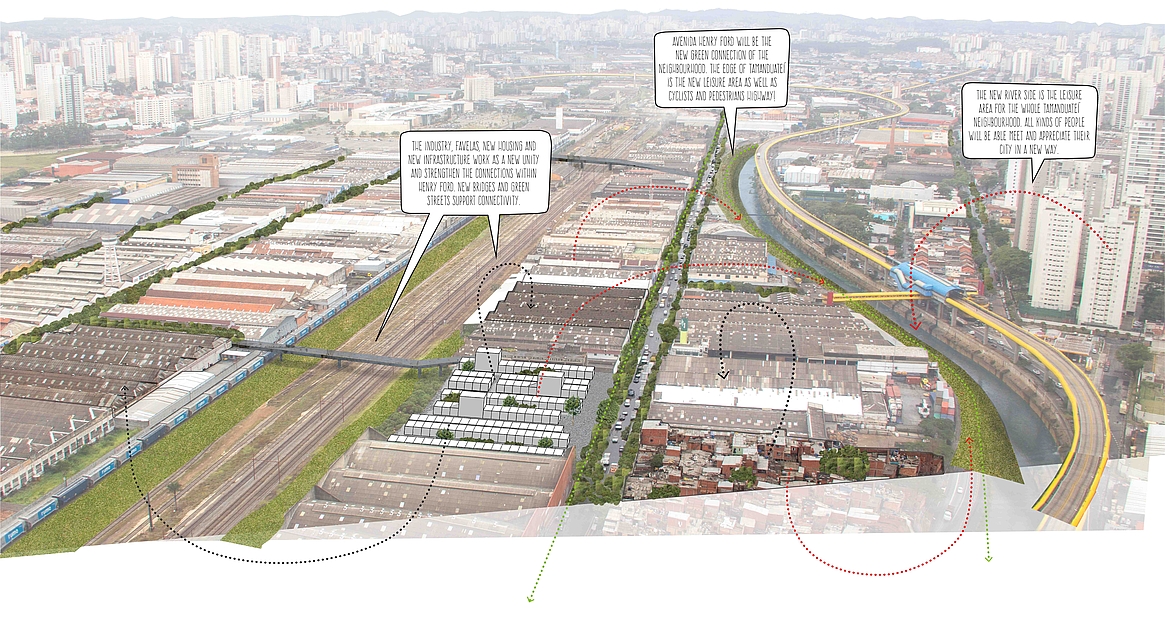 ©
Rodrigo Carraciolo, Johanna Joecker, Katharina Müller
©
Rodrigo Carraciolo, Johanna Joecker, Katharina Müller
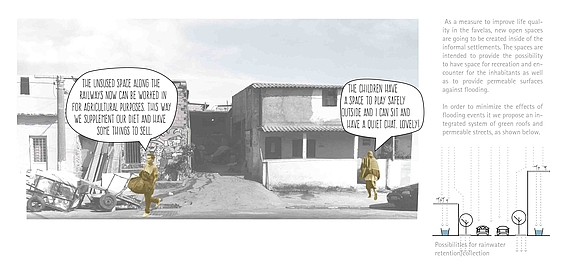
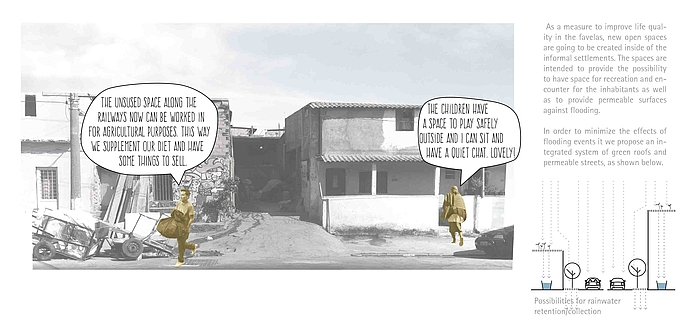
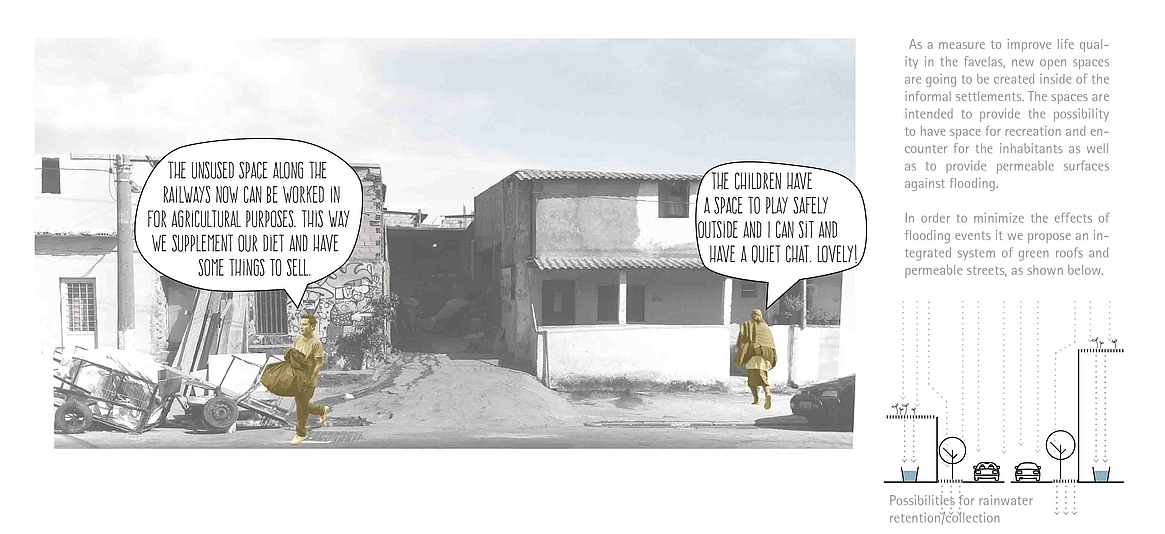 ©
Rodrigo Carraciolo, Johanna Joecker, Katharina Müller
©
Rodrigo Carraciolo, Johanna Joecker, Katharina Müller
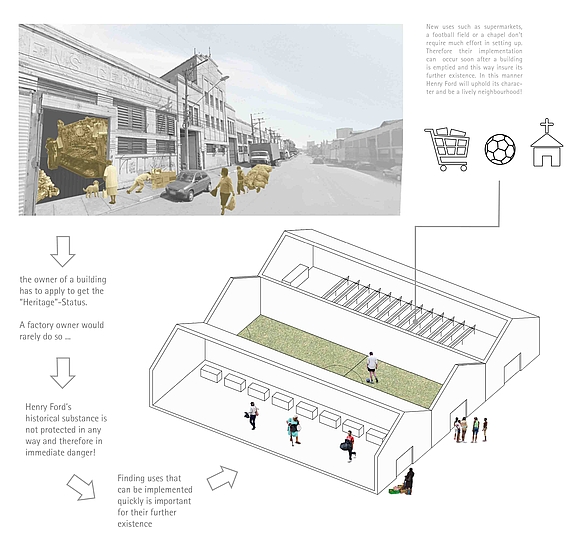
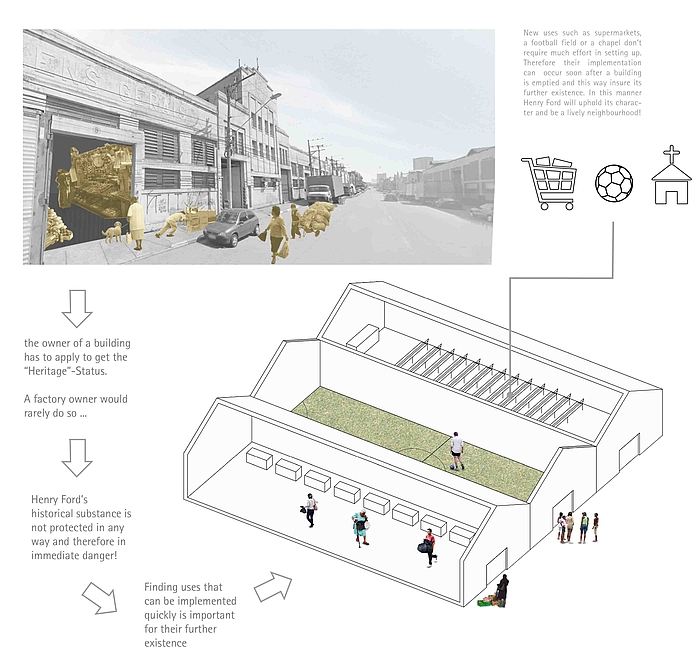
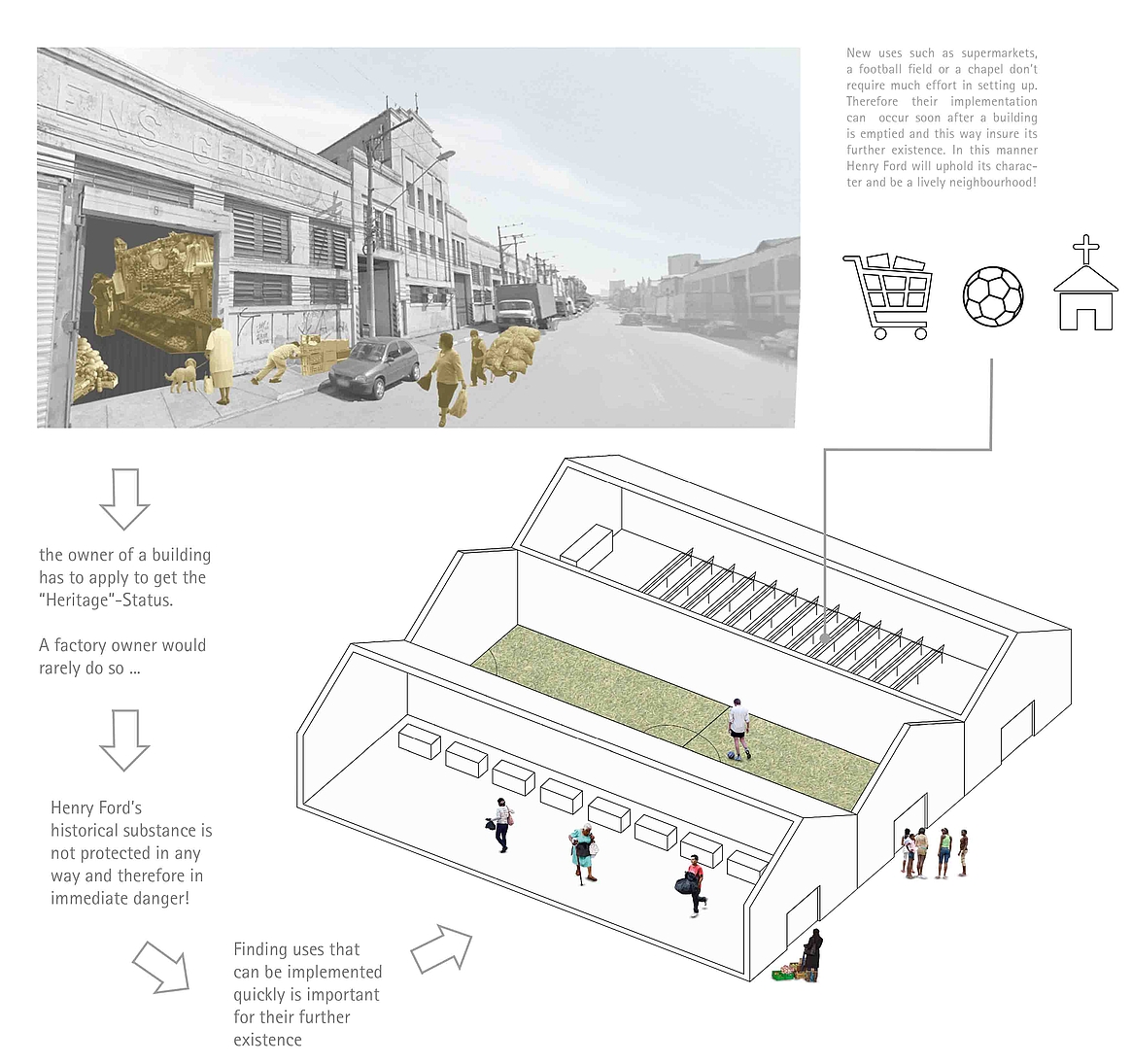 ©
Rodrigo Carraciolo, Johanna Joecker, Katharina Müller
©
Rodrigo Carraciolo, Johanna Joecker, Katharina Müller
